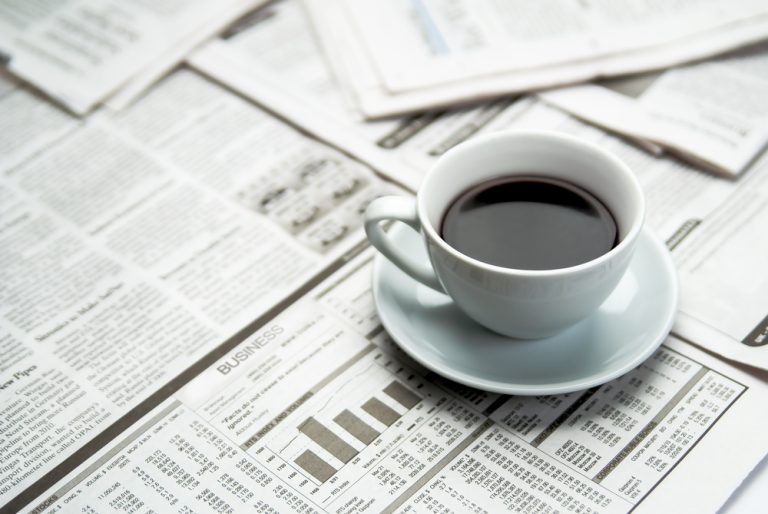Quarterly Economic Update: January-March 2022
Robust domestic economic growth Australia is rebounding from the pandemic, with domestic economic growth forecast to reach 3.5 per cent this financial year. Some analysts predict it might be even…

Robust domestic economic growth Australia is rebounding from the pandemic, with domestic economic growth forecast to reach 3.5 per cent this financial year. Some analysts predict it might be even…

Coronavirus Victoria and New South Wales saw their economies roar back to life as they emerged from lockdown just in time for a new kid to arrive on the coronavirus…

COVID here to stay The third quarter of the calendar year brought with it the third and by far the biggest wave in COVID-19 infections. Largely restricted to NSW and…

Employment surprise JobKeeper was a cornerstone of Australia’s response to the coronavirus pandemic. It provided millions of Australians with an ongoing income and kept thousands of businesses afloat, so when…

The global COVID-19 jab-fest gathered pace with some countries, including Israel and the United Kingdom, achieving high rates of immunisation. However, the rollout has had some issues. Rare side effects…

[fsn_row][fsn_column width=”12″][fsn_text] As the COVID-19 virus took a sledgehammer to the economy, the federal government rapidly introduced a range of initiatives to help individuals who lost income as a result…

There isn’t a single person in the world who hasn’t been impacted by COVID-19. As new case numbers start to slow in Australia, so too is our economy. This time…

Recent events such as the coronavirus outbreak, bushfires across Australia and the drought highlight the far-reaching effects of an epidemic. Following the initial devastation of these events, the true cost…
End of content
End of content